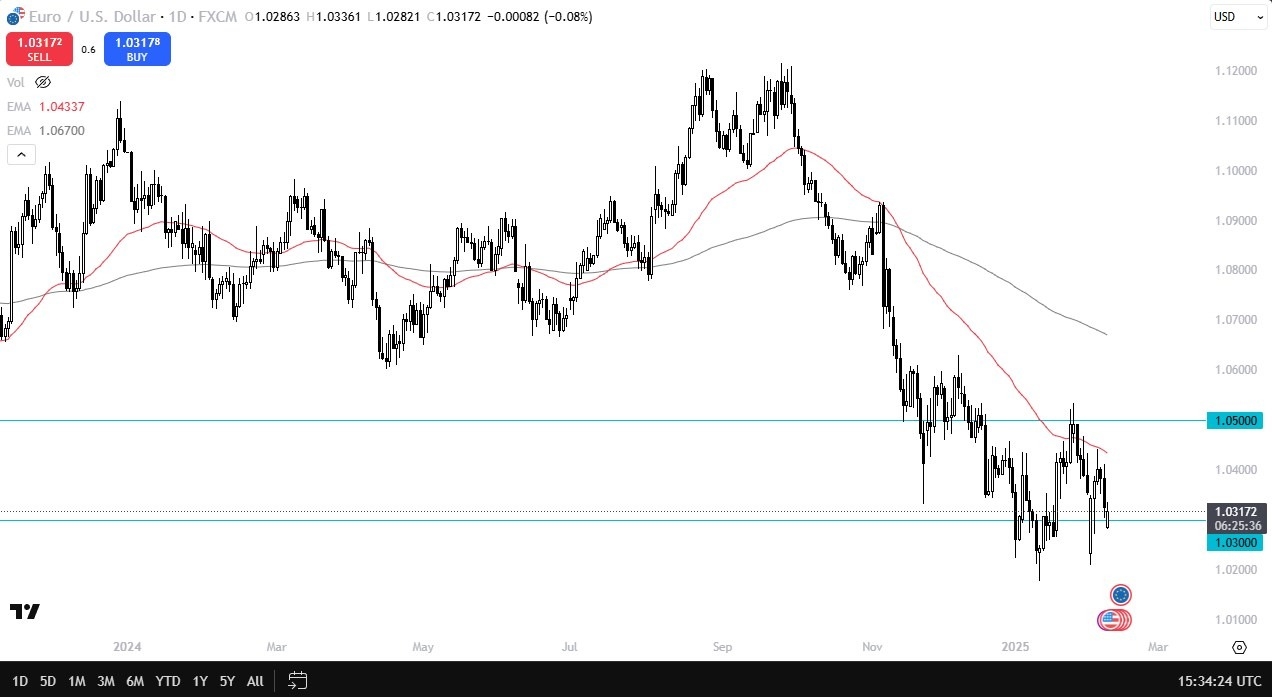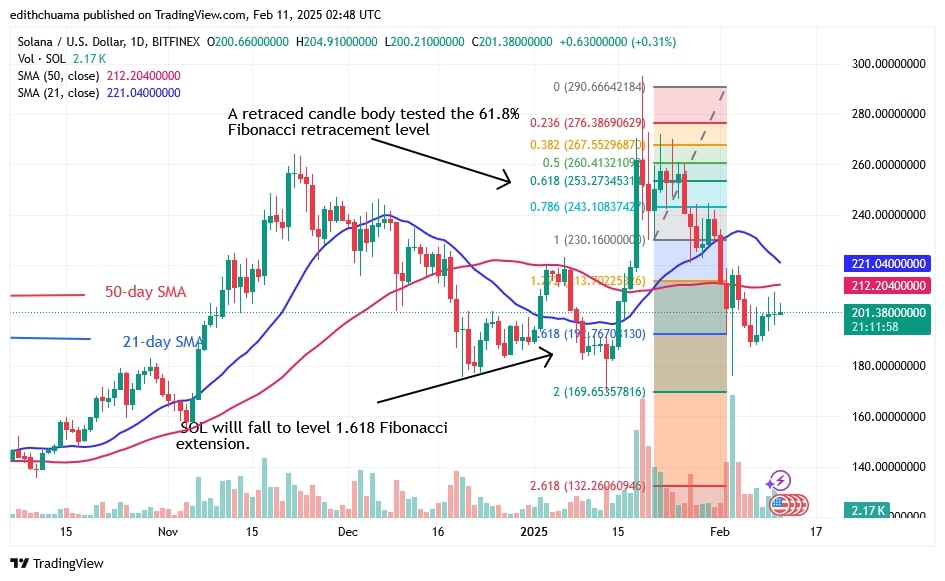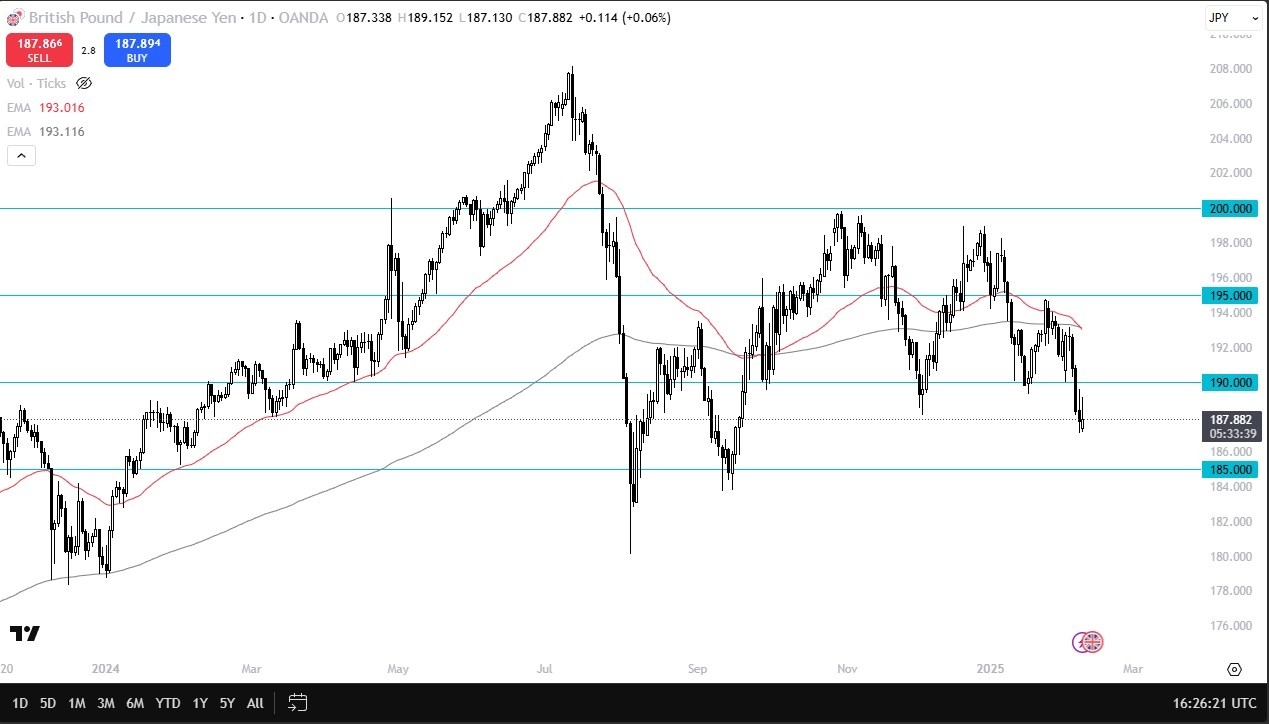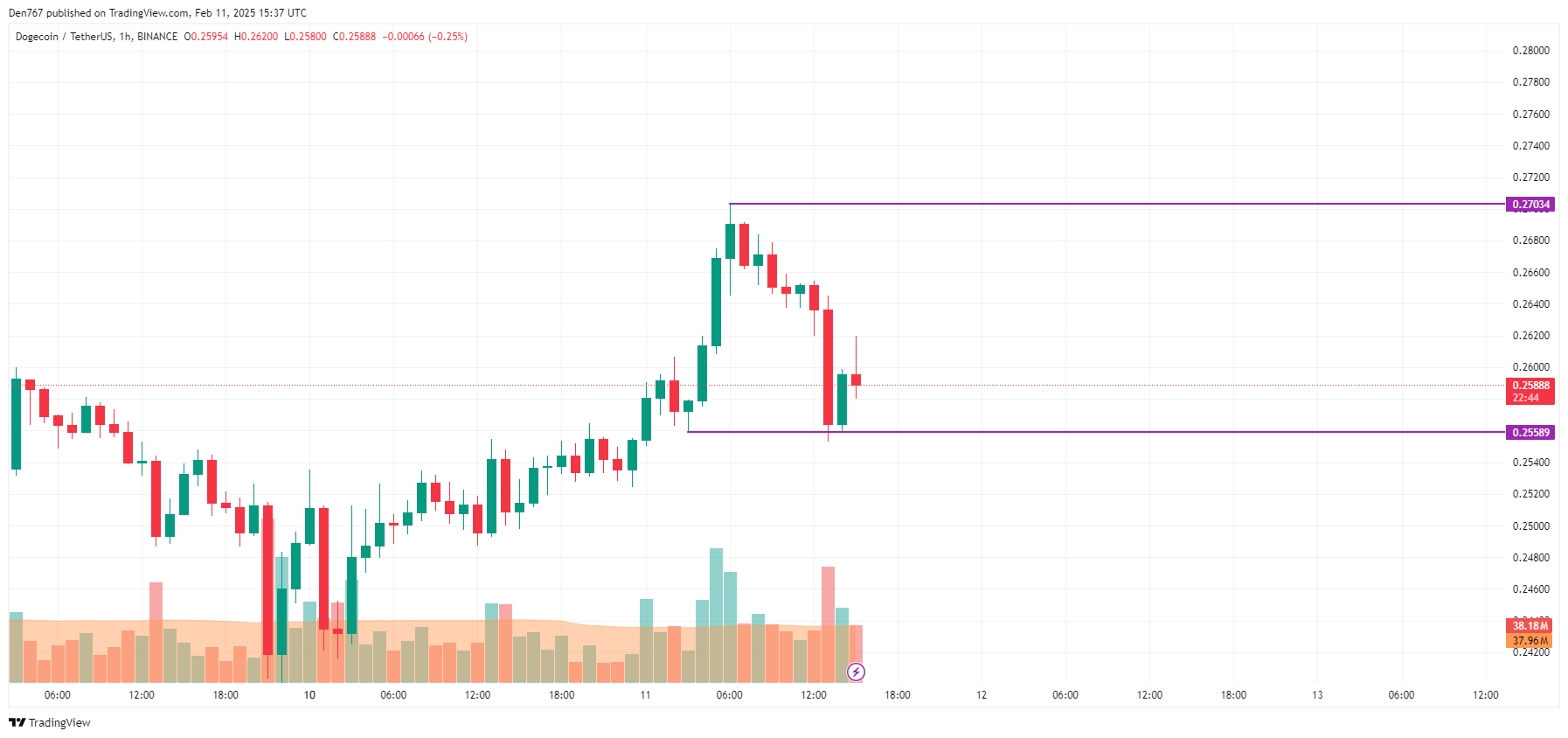Category: Forex News, News
Pound Sterling turns bearish as important support fails
- GBP/USD stays on the back foot, trades slightly above 1.2350 on Tuesday.
- The risk-averse market environment makes it difficult for the pair to stage a rebound.
- Fed Chairman Powell’s testimony and Trump tariff talks could ramp up market volatility.
GBP/USD struggles to gain traction and trades in a tight channel slightly above 1.2350 after closing in the negative territory on Monday. The pair’s technical outlook points to a buildup of bearish momentum as markets turn cautious while waiting for headlines surrounding US President Donald Trump’s trade policy and Federal Reserve (Fed) Chairman Jerome Powell’s testimony.
British Pound PRICE Last 7 days
The table below shows the percentage change of British Pound (GBP) against listed major currencies last 7 days. British Pound was the weakest against the Japanese Yen.
| USD | EUR | GBP | JPY | CAD | AUD | NZD | CHF | |
|---|---|---|---|---|---|---|---|---|
| USD | -0.22% | 0.23% | -1.79% | -1.60% | -1.54% | -0.97% | -0.08% | |
| EUR | 0.22% | 0.45% | -1.58% | -1.38% | -1.32% | -0.75% | 0.14% | |
| GBP | -0.23% | -0.45% | -2.03% | -1.82% | -1.76% | -1.20% | -0.31% | |
| JPY | 1.79% | 1.58% | 2.03% | 0.20% | 0.26% | 0.82% | 1.75% | |
| CAD | 1.60% | 1.38% | 1.82% | -0.20% | 0.06% | 0.64% | 1.55% | |
| AUD | 1.54% | 1.32% | 1.76% | -0.26% | -0.06% | 0.58% | 1.51% | |
| NZD | 0.97% | 0.75% | 1.20% | -0.82% | -0.64% | -0.58% | 0.90% | |
| CHF | 0.08% | -0.14% | 0.31% | -1.75% | -1.55% | -1.51% | -0.90% |
The heat map shows percentage changes of major currencies against each other. The base currency is picked from the left column, while the quote currency is picked from the top row. For example, if you pick the British Pound from the left column and move along the horizontal line to the US Dollar, the percentage change displayed in the box will represent GBP (base)/USD (quote).
Late Monday, US President Donald Trump has signed an order to impose a sweeping 25% tariff on all steel and aluminum imports into the US. He further noted that his administration will look into tariffs on automobiles, microchips, and pharmaceuticals next. Trump is expected to share details on his reciprocal tariff plan “on many countries” this Tuesday or Wednesday.
Reflecting the risk-averse market atmosphere, US stock index futures were last seen losing between 0.2% and 0.4% on the day.
In the early American session, Chairman Powell will testify on the semiannual Monetary Policy Report before the Senate Banking Committee.
Lawmakers are likely to ask Powell about potential changes to the monetary policy and the economic outlook in the face of the Trump administration’s approach to trade relations. If Powell repeats that they need to be cautious regarding further policy easing, the US Dollar (USD) could stay resilient against its peers and limit GBP/USD’s upside. On the other hand, the market mood could improve and cause the USD to come under renewed selling pressure in case Powell notes that tariff decisions announced so far are unlikely to influence inflation developments in a significant way.
GBP/USD Technical Analysis
GBP/USD dropped below the 1.2390-1.2400 area, where the ascending trend line meets the 200-period and the 100-period Simple Moving Averages (SMA). In case this area remains intact as resistance, technical sellers could retain control. On the downside, 1.2300 (round level, static level) could be seen as next support before 1.2270 (Fibonacci 23.6% retracement of the latest downtrend)
GBP/USD could face resistance at 1.2450 (Fibonacci 50% retracement) and 1.2500 (round level, static level) once it manages to recapture 1.2390-1.2400.
Tariffs FAQs
Tariffs are customs duties levied on certain merchandise imports or a category of products. Tariffs are designed to help local producers and manufacturers be more competitive in the market by providing a price advantage over similar goods that can be imported. Tariffs are widely used as tools of protectionism, along with trade barriers and import quotas.
Although tariffs and taxes both generate government revenue to fund public goods and services, they have several distinctions. Tariffs are prepaid at the port of entry, while taxes are paid at the time of purchase. Taxes are imposed on individual taxpayers and businesses, while tariffs are paid by importers.
There are two schools of thought among economists regarding the usage of tariffs. While some argue that tariffs are necessary to protect domestic industries and address trade imbalances, others see them as a harmful tool that could potentially drive prices higher over the long term and lead to a damaging trade war by encouraging tit-for-tat tariffs.
During the run-up to the presidential election in November 2024, Donald Trump made it clear that he intends to use tariffs to support the US economy and American producers. In 2024, Mexico, China and Canada accounted for 42% of total US imports. In this period, Mexico stood out as the top exporter with $466.6 billion, according to the US Census Bureau. Hence, Trump wants to focus on these three nations when imposing tariffs. He also plans to use the revenue generated through tariffs to lower personal income taxes.
Written by : Editorial team of BIPNs
Main team of content of bipns.com. Any type of content should be approved by us.
Share this article:








